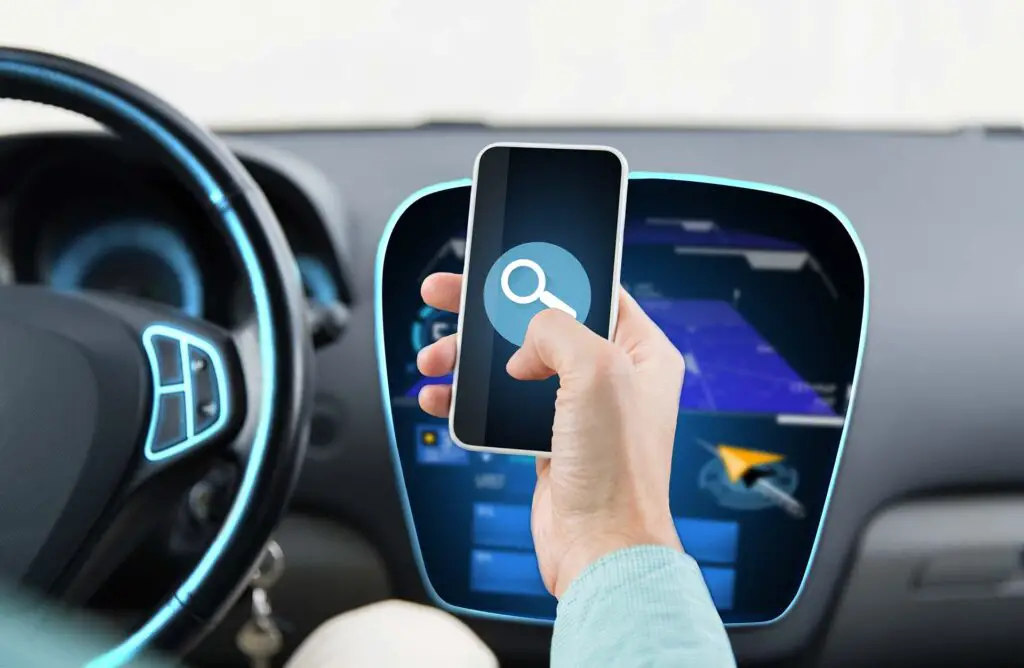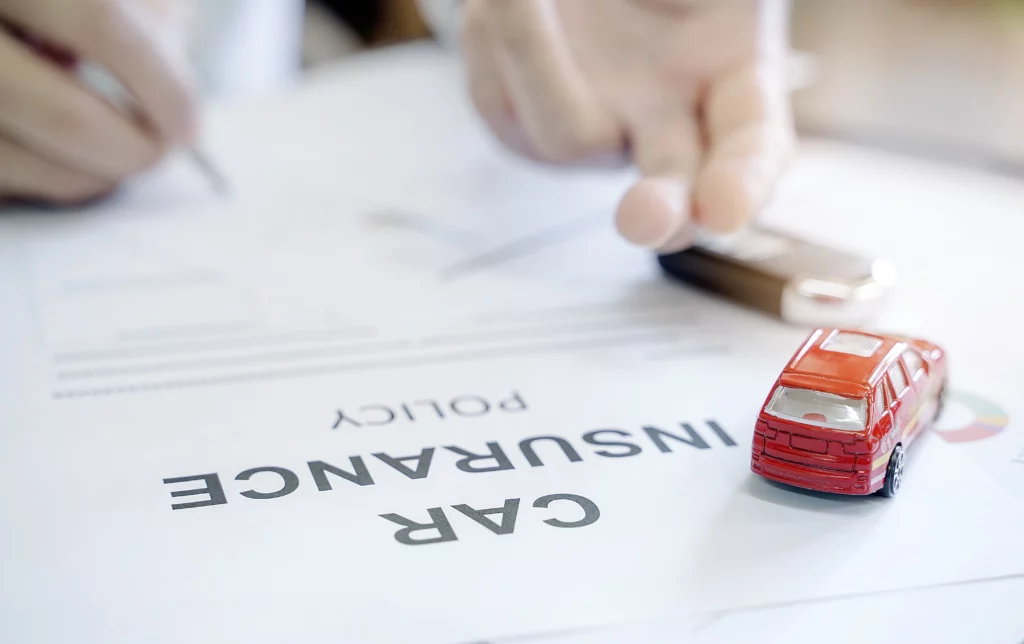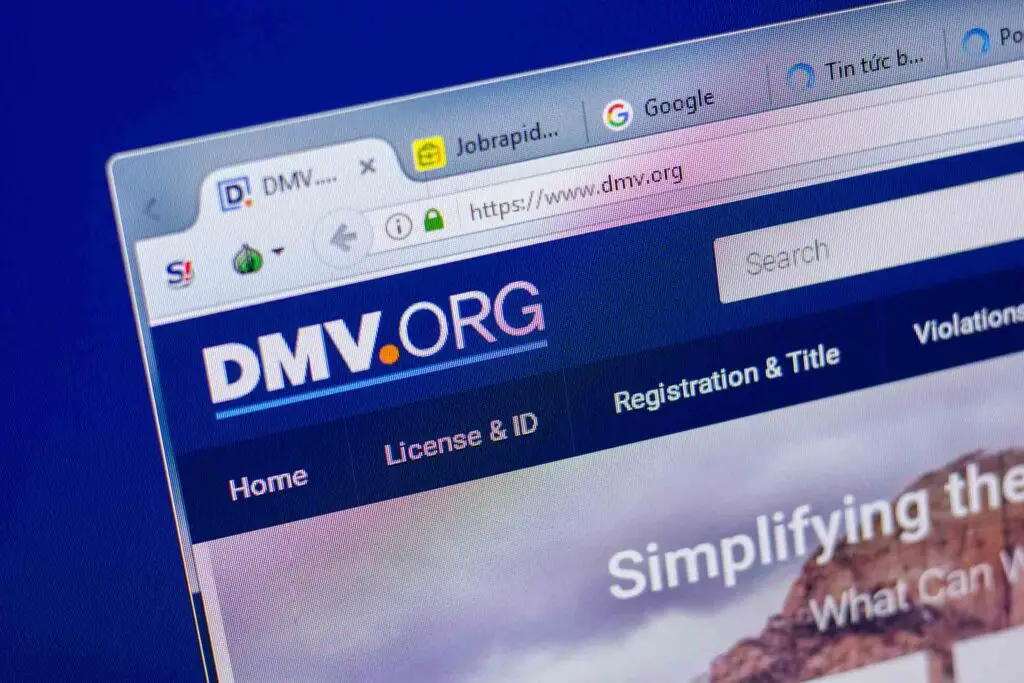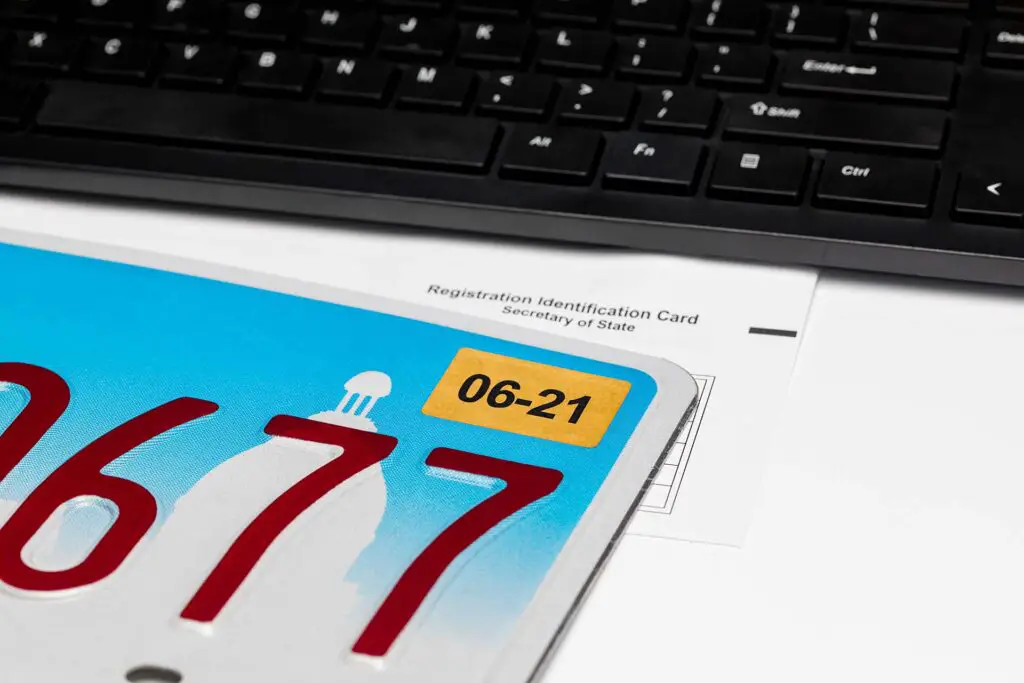Want to move but can’t seem to figure out how to register a leased car in another state? Don’t worry – with the right information and documentation, the whole ordeal may not be as difficult as you would anticipate. With this helpful guide and a couple of additional tips, you’ll be able to make the process as seamless and stress-free as possible, so there’s more time to explore your new place.
Why and When Do You Need to Register a Leased Car in Another State?
Many government departments and state regulations have an important role in keeping the traffic organized and safe, whether it’s on the most famous routes in the USA or in one of the cities with the worst drivers. Registering your leased vehicle is just one piece of the puzzle necessary for regulating the roads in any state.
Registering Is a Legal and Safety Obligation of Every Driver
Whether you own a brand-new car, a used vehicle, or even one with a salvage title, moving with a leased car, or any vehicle for that matter, requires registering the four-wheeler in question. This is because the state where you live is responsible for regulating and collecting taxes on all vehicles driven on their roads.
Moreover, if you’re moving to another state with a leased car, the leasing company may require you to register the vehicle in your new residence. While the exact requirements for this process vary from state to state, there are a couple of important steps you need to take, no matter your specific situation. So, let’s look at what you can expect from the whole ordeal.

Step 1: Contact Your Leasing Company
If you’re trying to figure out how to transfer registration to a new state on a leased vehicle, the first step should be to contact your leasing company and ask for guidance and assistance. The company might have specific requirements or restrictions related to moving out of state with a leased car, and they can provide you with all of the necessary information and documentation to complete the registration process smoothly.
It’s Important to Contact Your Leasing Company as Soon as the Move Is Certain
Your leasing company will be the first and most important source of information for the process of registering the leased vehicle once you move. That’s why it’s important to get in touch with them as soon as possible and familiarize yourself with all of their requirements.
For example, the leasing company may require you to obtain permission or provide proof of registration in the new state before you can legally drive the vehicle there. They may also provide you with a power of attorney or other documents needed to go through with the registration. Whatever your specific scenario might be, taking care of this first step as soon as possible is essential for ensuring a smooth transition to your new residence.

Step 2: Obtain Proof of Insurance
As mentioned, the registration process varies from state to state, but you will typically need to provide proof of insurance. So, after getting in touch with the leasing company, it’s time to contact your insurance company and request the necessary documents.
One thing to remember is to make sure that your chosen insurance policy meets the minimum coverage requirements for the new state, as these requirements may differ from those in your previous state. If unsure, you can always check with the state’s Department of Motor Vehicles (DMV) by looking through their website or contacting them directly.
There Are Different Types of Insurance You May Need
Many insurance companies allow you to access and print the needed documents online through their website or mobile app. Here are some of the documents you may be required to obtain:
- Insurance card,
- Declaration page,
- Proof of liability,
- Personal injury protection (PIP).
Specifically, for registering a leased vehicle, the leasing company may require you to get gap insurance to cover the difference between the value and the amount you owe on your lease in case the four-wheeler gets totaled or stolen in your new residence.

Step 3: Obtain the Required Documents
Besides the proof of insurance, obtaining the rest of the required documents is a critical step when you’re registering a leased vehicle in a new state. To ensure a smooth process, it’s best to have all the necessary paperwork in advance. Moving to an unfamiliar place is stressful as it is, and you don’t need to add driving anxiety on top of it because you’re met with complications and delays.
The Documents Vary From State to State, So It’s Important to Find the Right Information
As mentioned, the specific required documents will vary from state to state. For example, some states may require a vehicle title or bill of sale to prove vehicle ownership, while others may accept a certificate of origin. Obviously, a leased vehicle will require you to obtain a document of your agreement with the leasing company. If you have any questions while gathering the necessary documents, you can always check the state’s DMV website or contact them directly for guidance.
Besides the lease agreement and proof of insurance, here are a couple of documents you’ll most likely have to obtain:
Car Title or Certificate of Origin
When registering your leased vehicle, you will need to provide either a car title or certificate of origin to prove that the four-wheeler in question is properly leased and that you have permission to register it. The title will include information about the vehicle, such as the make, model, and VIN number, as well as your name and address.
On the other hand, it’s probable that the leasing company will provide you with a certificate of origin, which proves that you are the rightful owner of the vehicle. It’s important to ensure that these documents are accurate and up-to-date and that they reflect your current ownership status because it will help you avoid any issues with the registration process.
Driver’s License
This one’s obvious – to register your leased vehicle in a new state, you will need to provide a valid driver’s license from that state. This process varies depending on the state but typically involves passing a driving test as well as providing proof of identity and residency. Of course, all of this comes with a certain price in the form of a fee you need to take care of.
As with other documents, it’s important to double-check and make sure the license is up-to-date and valid, as it is a crucial piece of identification. It’s impossible to complete the registration process without it. Moreover, you might be required to surrender the old driver’s license.
Power of Attorney
Depending on the leasing company, you may be required to obtain a power of attorney, which is a document that grants you permission to register the leased vehicle in another state and in your name.
Once this document is signed, the leasing company authorizes you to act as their agent and complete the process on their behalf. That’s why it’s important to carefully read through the document and understand its terms, as it will ensure that it accurately reflects your agreement.

Step 4: Complete the Application for Title and Registration
The vehicle registration is valid and legal only once the application for title and registration is completed. This form can be obtained in person by visiting the DMV’s office or downloaded from the state’s DMV website.
The form usually requires you to provide several pieces of personal information, including your name, address, and driver’s license number. Moreover, you’ll have to put down a couple of things about the leased vehicle, including the make, model, and vehicle identification number (VIN). This should be done carefully, as one wrong piece of information could result in a delay in the whole ordeal.
Set Aside Some Money for Registration Fees
When you take into account the high car prices as well as the cost of owning a car, it’s obvious that you should avoid any additional charges for your vehicle if possible. However, that’s easier said than done, and when it comes to a leased vehicle, you might need to pay fees not only for registration but to the leasing and insurance companies as well.
If the state you’re moving to also requires a vehicle inspection or emissions test, that might also result in additional fees. That’s why it’s especially important to be informed and calculate the overall costs in advance, as it will ensure that you have the necessary funds available to complete the process.

Step 5: Submit Your Application
Once you have completed the necessary paperwork, gathered all required documents, and paid the fees, it’s time to submit your application. Depending on the state, you might be able to do it online or by mail, but if it’s possible, the best way to do it is in person at the DMV office, as it’s often the quickest and most reliable way.
After submitting the application, you will get some sort of proof that it’s being processed, and that might be a temporary registration or the receipt. It’s important to keep this document with you while driving your leased vehicle, as it will help you avoid any unnecessary legal charges. It can take several days to a couple of weeks for the real documents and a new license plate to arrive, and once they do, you’ll be officially registered to drive your leased four-wheeler on the roads in your new state.

When You Learn How to Register a Leased Car in Another State, It Is Time to Enjoy the Ride
There you have it – the tips and tricks you need to know when registering your leased car at a new residence. While this process often comes with speed bumps, it doesn’t need to be a total headache. Through researching, gathering documents, and completing the paperwork in advance, you can move to your new place with peace of mind. Once the registration is validated, there’s nothing else stopping you from exploring the roads of your new home.








